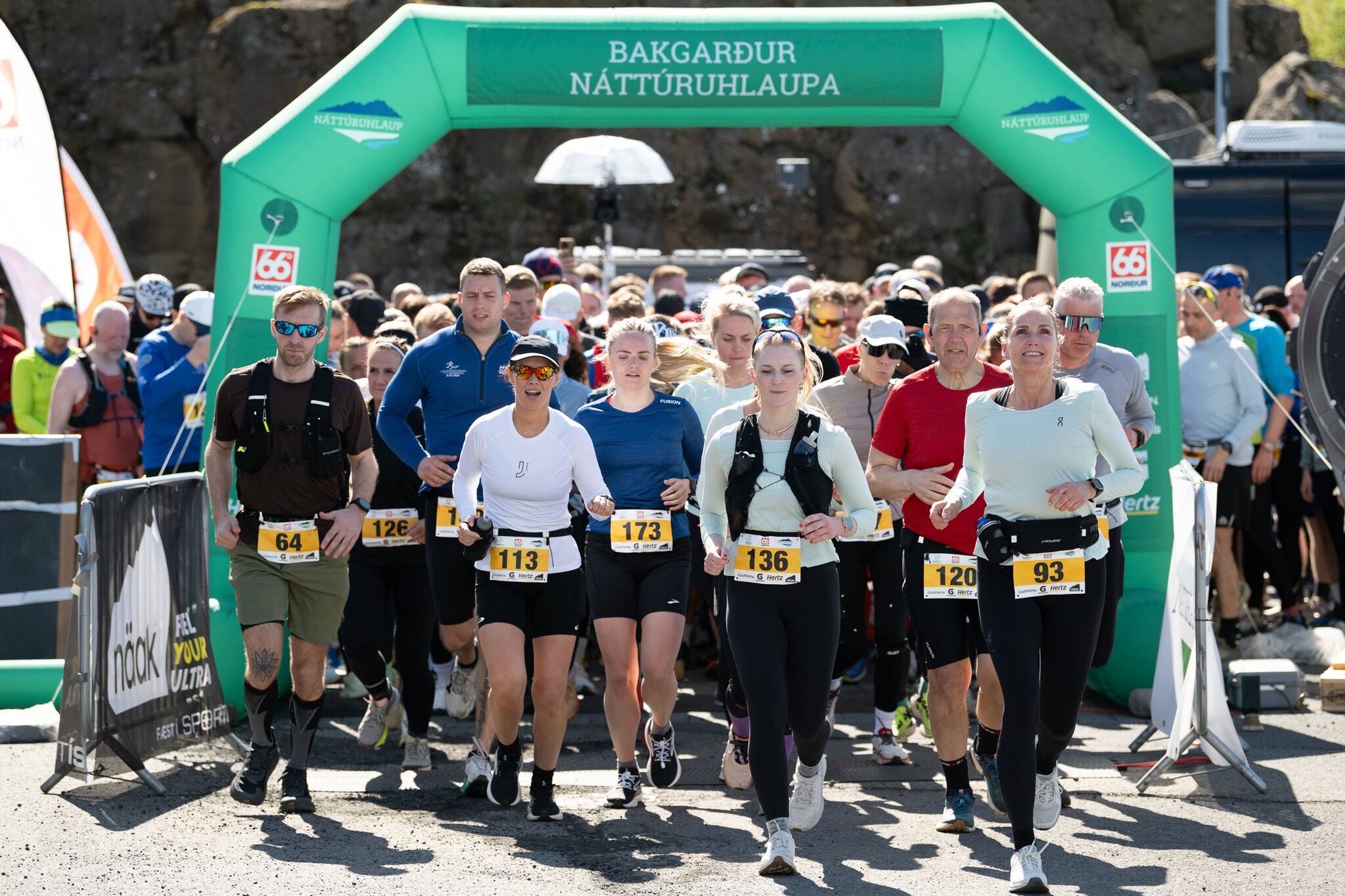
Í beinni
Bein útsending:
Bakgarðshlaupið í Heiðmörk

Fótbolti - Besta deild kvenna
Fótbolti - Besta deild kvenna
Fótbolti - Besta deild kvenna
Fótbolti - Besta deild kvenna
Fótbolti - Besta deild kvenna
Innlent
Erlent
Veður
Hádegisfréttir
Kvöldfréttir
Stjórnmál
Lögreglumál
Dómsmál
Andlát
Pallborðið
Kompás
Senda fréttaskot
Innlent
Erlent
Atvinnulíf
Neytendur
Kauphöllin
Seðlabankinn
Vistaskipti
Veitingastaðir
Samstarf
Fréttir af flugi
Fasteignamarkaður
Ferðaþjónusta
Staðan í deildum
Enski boltinn
Fótbolti
Besta karla
Besta kvenna
Körfubolti
Handbolti
Bónus karla
Bónus kvenna
Olís karla
Olís kvenna
NFL
Íslenski boltinn
Meistaradeildin
Golf




